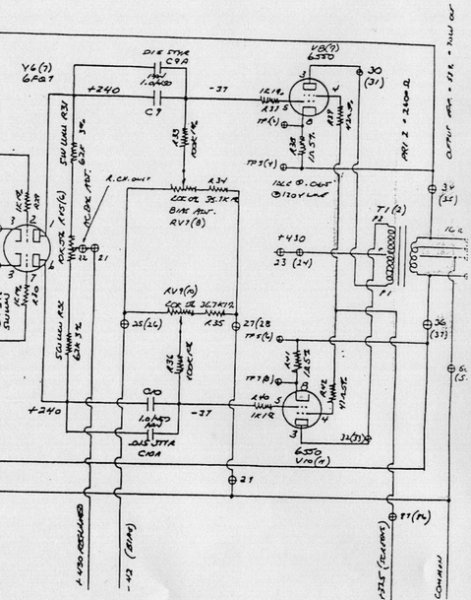What's the sign that output tubes need to be replaced? Something audible or is it more like they aren't holding their voltage (e.g. bias slips often).
I'm still 'new' to tube amps and am wondering...
Hi Madfloyd,
Myles and micro offer excellent points of reference. I would add, if possible, to maintain a reference set of tubes. Substitute a tubes(s) from this reference set, occasionally, and compare - aurally. If you observe a difference which doesn't agree with you, then you might consider exchanging the tube(s). Of course, it would be good practice to inspect the tube pins to ensure a fouled pin(s) isn't the cause of diminished performance.


